How To Buy A Dental Chair – A Buying Guide!
It’s the first thing your patients notice. Everything else surrounds it. It is probably placed in the center of the operatory. And most probably the costliest investment you’ve made in your dental practice. If you compare your dental practice to a movie or a fiction novel, you have dual protagonists, The Dental Chair, and of course, You.
The level of importance given to the dental chair cannot be invalidated as it does occupy a significant place in the dental practice – physically and psychologically. Although it has been a symbol of pain and torture, propagated through media and entertainment, the new dental chairs have ensured that patient and dentist comfort are given monumental importance. Ever had a few patients who fell asleep while you were restoring a cavity? I rest my case.
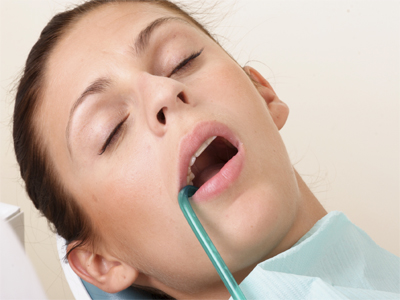
But how did it transform from a symbol of discomfort to perhaps one of the most ergonomic designs ever? The 19th century saw the initiation of that change.
Let’s take a trip back to 1832.
Dr. James Snell, a dentist in London and a member of the Royal College of Surgeons invented the first reclining dental chair. The chair had a plush velvet upholstered seating, cast iron feet and a separate rubber footrest that made it a fully adjustable dental chair. The emergence of the dental chair identified dentistry as a separate profession and the quality of the chair indicated that the clientele was composed of wealthy individuals who could afford and were willing to pay for dental services.
So How Do You Buy A Dental Chair In The 21st Century?
When buying a dental chair in this time and age, it is important to evaluate the durability of the chairs features for the next 10 years. 10 years is a decent work life for a dental chair, following which replacement should be contemplated. So the build quality and the reliability of the control functions should withstand the test of time and provide results that are acceptable for an adequate duration.
For ease of description let’s split the considerations for buying dental chairs into three major categories:
- The Design Components
- The Functionality Components and;
- The Accessory Components
The Design Components Of A Dental Chair
The design components of a dental chair determine the comfort, ergonomics and the esthetic value of the dental chair. The following pointers are aimed to help you understand what to look for, from a design standpoint, when planning on purchasing a dental chair.
Chair Dimensions
The dimensions of the dental chair are quite important for and determined by 2 factors – the operatory layout & patient/dentist ergonomics.
The Backrest
The backrest of the dental chair must be wide enough to ensure that the patient has adequate back support, however, it should be slim enough so that the dentist can get closer to the working area without the backrest hindering the movement. In the case of a wide backrest, the operator is unable to get close enough to the patient which adversely affects visibility, accessibility and ultimately functionality.
It is essential to ensure that backrest and the seat cushion do not have a gap in-between when the chair is the supine position.
In the case of a gap between the backrest and the seat, the patients’ lumbar region falls into the gap causing discomfort as a result of compromised lumbar support. This will cause the patient re-adjusting their position during treatment which results in constant interruption.
The Headrest
The dental chair headrest is a significant part of the unit that can be used to increase comfort for both the dentist and the patient. For example, the headrest can be removed in the case of the pediatric patient, allowing them to rest their head on the cushion. This offers complete support to the child’s spine while giving the dentist greater accessibility to the oral cavity.
It is advisable to ensure that the dental chair has a double articulated headrest which can aid in maximizing visibility to areas with difficulty such as the second and third maxillary molars. In the case of treating patients in a wheelchair, the headrest can be reversed allowing access to it from behind.
When treating tall patients the headrest can be extended to so that that the feet of the patient do not extend out of the toe board of the chair.
Effect of chair dimensions on the operatory
The dimensions of the chair are critical in determining the layout of the operatory. The dental chair will have all the other equipment such as the scaler unit, the x-ray unit, the RVG sensor, the intra-oral camera and LCD monitor, the suction unit, the air compressor and others surrounding it. The radius of movement of the delivery unit should be adequate and should not be restricted. Therefore it is important to plan the operatory layout and look for a dental chair with suitable dimensions.
Chair Upholstery
This can be an aesthetically appealing component of the dental chair which also has tangible functional benefits. When the dental chair has ultra soft upholstery, patient comfort is exponentially increased especially during long treatments such as endodontic and implant procedures. Leather, rexine or polyurethane upholstery fabrics are commonly used in dental chairs. It is also advisable to understand and anticipate the cost and need to re-upholster the dental chair in case of any damages.
Appealing Appearance
It is important to understand and accept that “appearance does have an impact”. The dental chair is probably the first thing that patients notice when they enter your operatory. And this visual can definitely have an impact on the attitude of the patient towards dental treatment, as people generally develop initial reactions and judgments with their eyes. Take a look at the following two dental chairs, and gauge the initial impressions they might leave on a dental patient.
“A” could leave the patient wondering if they made the wrong choice walking into the clinic whereas “B” being a high-tech new dental chair, could have a positive impact on the acceptance to and attitude towards dental treatment and possibly increase the patient’s confidence that they picked the right guy for the job.
Ergonomics
Erogonomics offered by the dental chair must be given great importance while choosing one. It’s the place where the dentist and the assistant spend at least 8 or more hours in a day. Discomfort of the lowest intensity, if applied for a long period of time can prove to be detrimental to the body. This can have a considerable impact on the health and productivity of the practitioner while adversely affecting the quality of dental treatment as well. Bad ergonomics for a long duration, especially when repetitive, can affect the duration of the dentist’s career as well.
Design is not just what it looks like and feels like. Design is how it works
-Steve Jobs
The Functionality Components Of A Dental Chair
Functionality can be defined as “the quality of being suited to serve a purpose well”. The functionality of the dental chair can greatly influence the efficiency of the dentist. Consider this, an experienced lumberjack might spend 2 hours sharpening his axe and be very good at using it, but his son who has a chainsaw is definitely going to able to complete the job faster. The time taken for dental procedures will be much lesser when all the tools are at the right place at the right time. A well-functioning dental chair will ensure this, making the treatment far more efficient.
The Delivery Unit
Dental delivery systems come in various formats. Some practitioners might want a customized setup that increases their comfort and efficiency in dental practice. We’ll look at the two most common systems used in dental chairs – Traditional & Continental Delivery Systems
The other types of delivery units include the Side and Rear Delivery Units.
Traditional Delivery Unit
The traditional chair mounted delivery units are simple systems in terms of installment as well as functionality. They move to either side of the dental chair making gaining support from a hinge. These systems have a clean streamlined appearance and are quite space saving. They usually have 4 connection components. 2 connections for airotors which derive the compressed air from the dental air compressor. 1 connection for a pneumatic or electric motor which drives a straight or contra-angle handpiece and an air/water syringe connection.
The challenges faced while using a traditional delivery system include clearance requirement for the control arms and managing the tubing.
Continental Delivery Unit
The continental delivery system offers unparalleled ergonomics. This is presented as a solution situations when dentists have problems reaching to grab the handpiece they require or when they find themselves caught in a web made of intertwining tubes. This system allows placement of the handpieces on top of the control head
This system allows placement of the handpieces on top of the control head. The presence of whip arms guides the tubing eliminating the possibility of intertangling tubes. The whip arms take the weight of the wrist and balancing electric handpieces becomes easier. Eye fatigue of the operator is also reduced when using the continental delivery system. The operator finds it easier to locate, pick up and replace the handpiece. It also eliminates unnecessary bending, twisting and eye strain.
The handpieces being supported by the whip arms prevents the equipment to fall on the floor. This can be greatly useful when using premium handpieces which require utmost care, and dropping them would have a substantial impact on the functionality of the equipment. Once the dentist gets familiarized with the delivery setup, it reduces the necessity to focus on which handpiece is being picked up and deliver undivided focus to the oral cavity. The handpieces can be visualized by periphery vision and do not require increased attention.
Some continental delivery units such as the one in the Anthos Classe A7 Plus have an ODR Anti-Retraction device that prevents backflow contamination of the spray water circuits. This increases and optimises disinfection of the dental unit.
Movement Of The Delivery Unit
The delivery unit should have unrestricted and smooth movements in order to ensure maximum ergonomics and longevity. Having a locking mechanism incorporated into the rotating hinge can add great value as the operator can dictate the position of the equipment and instruments in the delivery tray, drastically minimizing the change in posture.
Control Panel
The control panels used in the dental chair have undergone various amendments by different brands of manufacturers. The most commonly included control parameters include chair position, operating light intensity adjustment, water spray control and speed control for the pneumatic or electric motor. Feathertouch buttons are usually included in the dental chair control panels.
The latest chairs of today have incorporated touchscreen technology into the control panels. Here’s a close-up of a touchscreen dental chair control panel.
Chair Position Adjustment
The dentist is required to subject the dental chair to quite a few position changes. It is a well-known fact chair positioning is a very important aspect in the success of dental treatment as having correct positioning can augment the operator’s visibility and accessibility to the oral cavity. The choice of patient position varies with the dentist, the procedure involved and the quadrant of the mouth that is being operated. Even the slightest change in reclining the dental chair by, say a few degrees, can have a great positive or negative impact on the quality of dental treatment.
The problem arises when the exact same position cannot be replicated during phases of a particular procedure. For example, when the patient requests the dentist to raise the chair to use the spittoon the position is manually altered by the dentist. When the operator has to recline the chair to the exact same position as it was before the change can be quite tricky. With the advancements in technology, dentists now have the freedom to assign a few memory settings to chair positions. The programmable chair positions can be customized along with predefined memory functions such as Zero, Spitting and Last Working Position.
The new age dental chairs also have the Trendelenburg position incorporated in case of any medical emergencies in the dental office.

Chair Movements
The movements of the dental chair should be smooth. While moving from one position to another, the dental chair should not startle or pose any shaky movements. The patient on the dental chair must already have a certain amount of anxiety while being seated and the jerky movements of the chair can add to the fears of the patient.
Foot control
Although the control panel is equipped with various types of functions that can be altered, the use of a foot control ensures better asepsis and can prevent cross-contamination between dental patients. The traditional disc type foot control allows the dentist to control the amount of compressed air that enters the airotor tubing, causing the air turbine to rotate. They also featured controls to bring the chair back to the zero position.
The newer foot controls designed for dental chairs most commonly had two pedals containing actuators, one for controlling the airotor and the other for controlling the electric motor handpiece. The two actuators were assigned different colours for easier identification of the specific function. Along with zero position button, these foot controls also featured a joystick that can be used to move the position of the chair in 4 axes (Up & Down, Front & Back). The joystick had a control valve actuator which converts energy into mechanical motion.
The Accessory Components Of A Dental Chair
These components of the dental chair have their significance as they improve the workability of the operator.
Types Of The Operating Light
Although the dental operating light has been described under the accessory components, it has an enormous effect on the quality of dental treatment. Lighting, in any place, can influence the energy and mood of a person.
There are two types of lighting a dentists use in their dental clinic – ambient lighting and task lighting. The ambient lighting includes the light source that illuminates the entire space of the dental clinic. Task lighting such as the operatory light and desk lamp, help in specific tasks.
Three types of operatory lights are being used in dentistry. They include the traditional light bulb, the halogen light and the LED lights. The problem with the former two variants is the production of a higher degree of heat that may affect the dentist, patient and the treatment as well.
Light Emitting Diode (LED) lights are unique as they have no filament. A block of material such as a mixture of aluminum, gallium and arsenide, that conducts electricity, is used in LED lighting. The advantages of LED lights include lesser heat generation, long lifespan over 50,000 hours, lesser energy consumption, brighter per watt of energy applied in addition to the better quality of light that is emitted when compared to the traditional counterparts.
Operating Light Functionality
The functionality of the operating light is governed by various factors. The light emitted can be in the form of reflected light as in the case of a halogen light or direct light like LED lights, which have a built-in array and allow accurate focusing of the light at a particular point. The controls of the light should be easy to reach and alter as required by the dentist. You should be able to control the light without having to get up from the dental stool or make any drastic changes in working position. The brightness settings of the light should have varying intensities to ensure excellent visibility without causing patient discomfort.
The Cure Safe Setting present exclusively in some LED lights have the blue wavelength completely removed from the spectrum of light that is emitted. This allows the operator to keep the operating light on while performing anterior tooth composite restorations or during cementation of veneers. The color temperature of an operating light that is closer to that of daylight is preferred as it reduces eye strain and proves to be the excellent choice for shade matching. The angulation of the dental light must be unrestricted and should allow alterations in different angles as required by the dentist. Flexible lighting angulations can greatly improve ergonomics as well.
The Assistant Arm
The dental chair assistant arm includes the cuspidor or spittoon and the suction tubes that are connected to the main suction unit. The spittoon is usually made of ceramic and comes in various shapes. The ceramic bowl-shaped cuspidor is the commonly preferred variant. The removable cuspidor can be useful in ensuring proper cleaning.
The assistant arm usually has two points for suction. One for low vacuum suction to with the regular saliva ejectors are attached to, and the high vacuum suction point to which suction cannulae are attached.
The control switch for the cup filler may also be present on the assistant arm in some dental chair variants.
X-Ray Viewer
When using IOPA x-ray films it is quite important to have a built-in x-ray viewer in the dental chair. Holding the IOPA film against the operating light would work too, but not as well as an x-ray viewer and it’s not advisable either.
Several years ago, buying a dental chair was a simple exercise. You choose the right color of the dental chair that would suit your operatory at a right price and you have your new dental chair. Contrastingly, the dentists of today have to look at many more parameters before they decide to invest a big chunk of their money on a dental chair. This article aims to help dentists, novice or veterans, in gaining better clarity about the purchase of their new dental chair. Be sure to invest a good amount of time in analyzing the parameters that would best suit your need or you could reach out to the team of experts at PinkBlue.in to make the whole process easier. Remember, a dental chair is an investment you make for a solid 10 years of your career. That equates to roughly about 23,040 hours (48 hours x 48 weeks x 10 years) of your career as a dentist. So choose a chair that would serve its purpose and be your second protagonist in every dental procedure that you carry out.
PinkBlue.in takes your dental chair purchase as seriously as you do and we have a special team of experts to help you with every step of the way. With over 150 different variants of dental chairs listed on the website, PinkBlue.in has the largest online catalog of dental products.
Click here to get personalized assistance in buying your new dental chair.



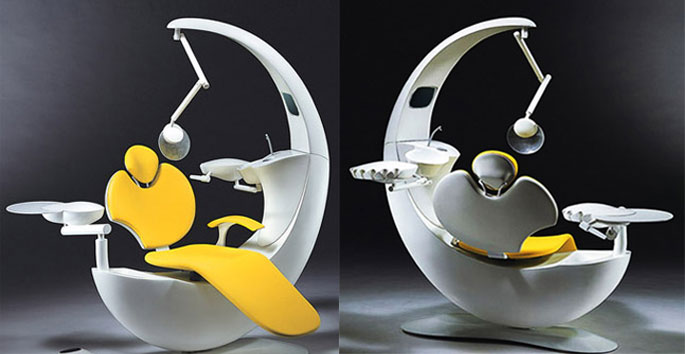

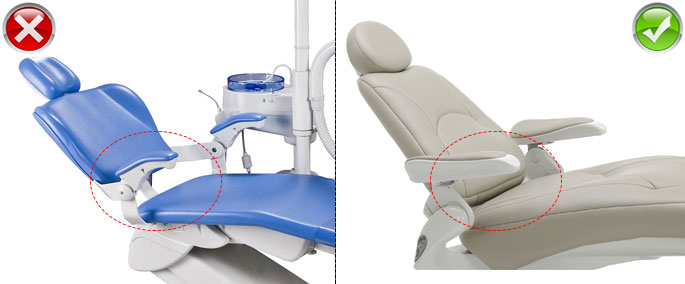
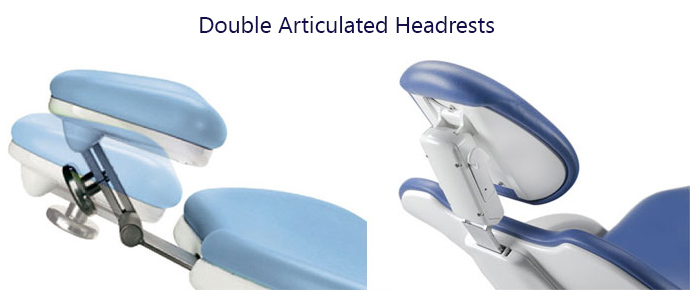
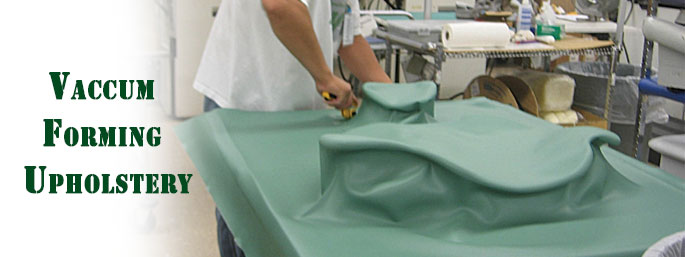

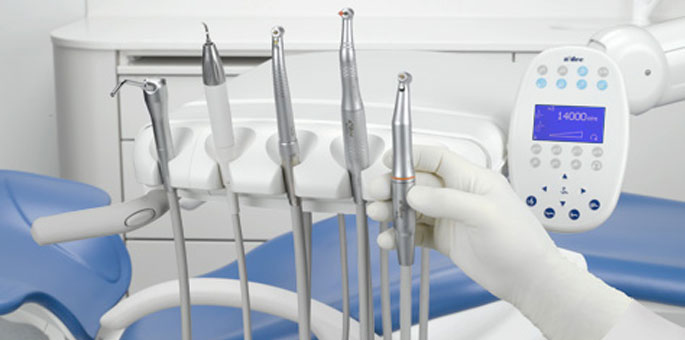
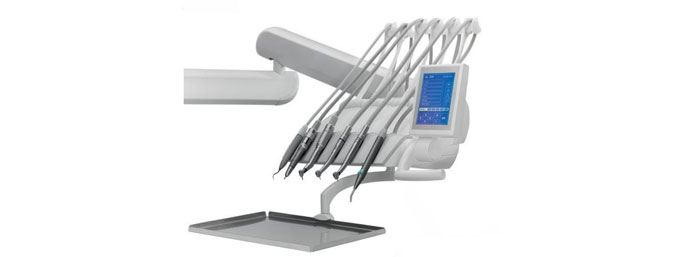
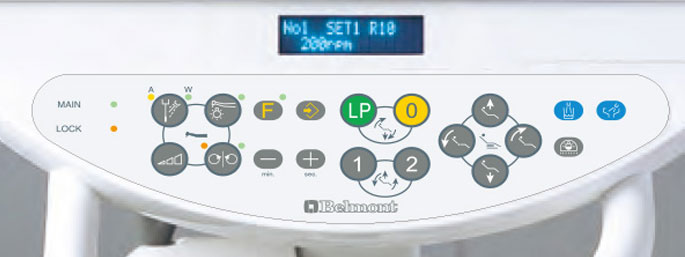

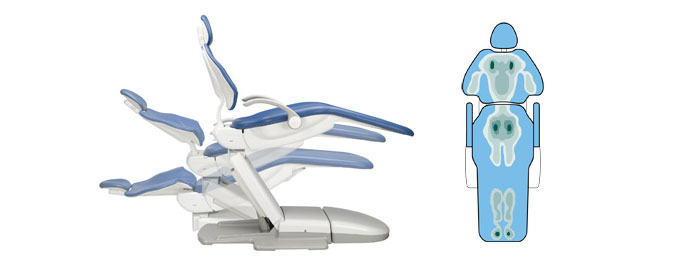
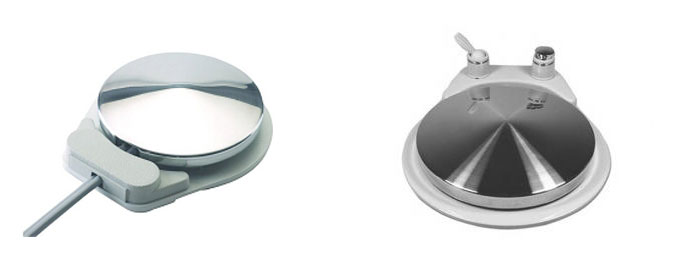
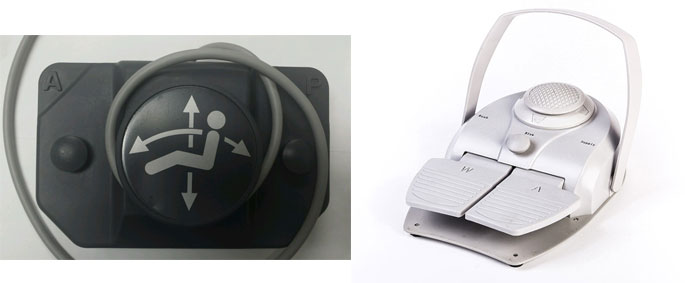
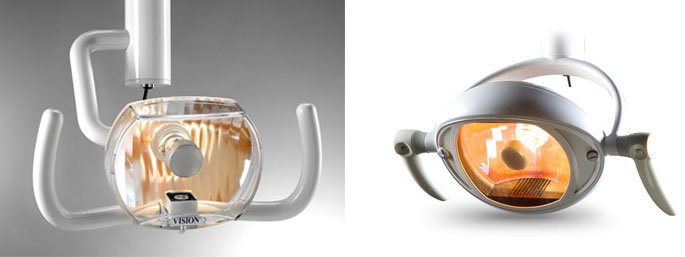

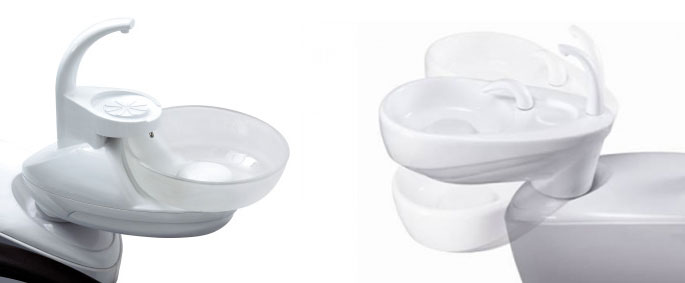
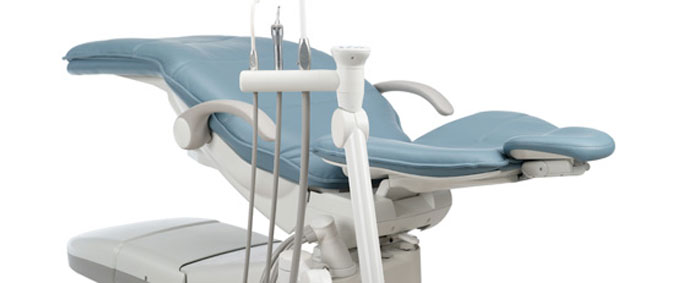

I want to buy chair
SUPERB THANK U
l want buy the continental Dental chair, & I want know the praise of the chair?